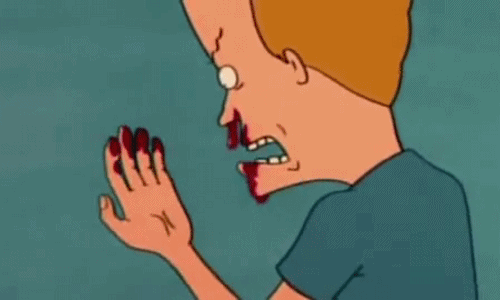At various times over the past year, market participants have asked whether high yield was beginning to crack.
Those questions reflect the ongoing search for the proverbial coal mine canaries that, if we could just identify them, would tell us something about when the bottom will ultimately fall out for stocks.
In November, HY had a rough go of it, for instance, prompting more than a few notable names (e.g., Jeff Gundlach) to suggest that the tide might be going out on the riskiest of credits.
The November episode would prove to be a false alarm, but HY would again struggle in February as equities careened into correction territory following the collapse of the inverse VIX ETPs.
There was a veritable exodus from HY funds around that time, sparking concerns about a possible feedback loop, but subsequent analysis would reveal some double counting (and although that was meant to allay fears, it actually seems to underscore the whole “shell game” argument).
Anyway, I digress. Here’s a YTD chart:
As you can see, by April high yield was back.
Well since April, CCCs have taken the lead and as Goldman writes, there’s actually no cushion there at all anymore. Consider this rather amusing bit from a note dated Wednesday:
[Recent] outperformance has pushed the average OAS on the CCC BAML below the 700bp bar, a level that ranks at the 13th percentile relative to the history of the past 20 years. To assess the attractiveness of current spread levels on a loss-adjusted basis, we rely on our favorite valuation tool: the Credit Risk Premium (CRP). In a nutshell, the CRP is the expected excess return on a buy-and-hold strategy of diversified credit portfolios over a five-year period. A simple back-of-the-envelope way to compute the CRP is to subtract our own forecasts of the five-year expected loss rate from current bond spread levels. Put differently, the CRP is the extra premium earned by investors as compensation for future default losses. Even under a fairly optimistic assumption of no recession for the next five years, our CRP estimates suggest the premium net of losses embedded in CCC-rated bonds spreads amounts to -53bp after adjusting for an annualized loss rate of 7.4% (Exhibit 6). For context, the average annual CCC loss rate is around 8%. The key takeaway: the premium currently embedded in HY spreads is mispriced even if default losses do not ratchet up to recession-like levels.
So there’s no value there at all. Literally. And while Goldman does note that this readily apparent mispricing can persist, this is clearly a stretched market.
BofAML agrees. To wit, from a note out late last week:
CCCs have shown very strong performance in recent months and quarters: they have outperformed the broad HY index by 280bps so far this year, and by 380bps since Oct 2017. Over the past year, they have delivered 6.4% in total returns, and 7.9% in excess returns. Can their impressive run continue for much longer?
We are beginning to have serious doubts about the likelihood of such an outcome. At their current levels, CCC spreads are further 80bps tighter from their early April levels, while the broad HY index remained bounded by a narrow range. CCCs are now providing only 475bps spread on top of BBs, approaching some of their tightest levels in history: going back 25 years, CCCs generally bottomed out around 400bps on top of BBs on multiple occasions in several credit cycles, and they generally failed to break through that level. The only notable exception was late 2006/early 2007 episode, when they managed to register an all-time tight print of sub-300bps, although it only lasted for a few months (Figure 1).
So you know, roll the dice, if you like.
There’s nothing like overvalued CCC corporates at the tail-end of the cycle to get the old adrenaline pumping.
Just don’t get a nosebleed from those valuations…








